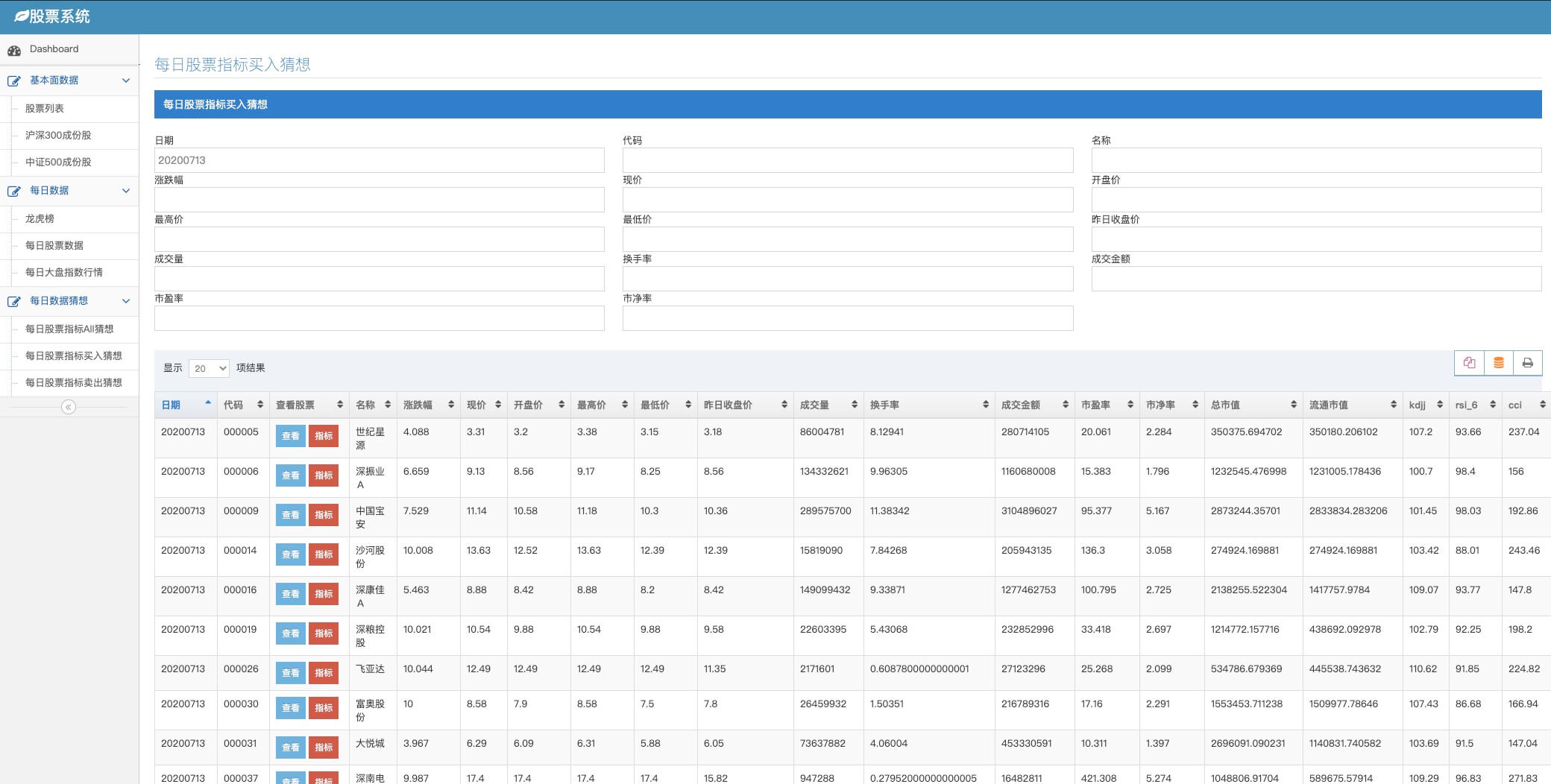今日推薦開源項目:《股票 Stock》
今日推薦英文原文:《How to Properly Cite Your Sources in a Technical Article》

今日推薦開源項目:《股票 Stock》傳送門:GitHub鏈接
推薦理由:該項目(PythonStock V1) 是基於Python的pandas,tushare,bokeh,tornado,stockstats,ta-lib等框架開發的全棧股票系統,可以直接使用docker直接本地部署運行。
特別說明:股市有風險投資需謹慎,本項目只能用於Python代碼學習,股票分析,並不提供投資指導。

今日推薦英文原文:《How to Properly Cite Your Sources in a Technical Article》作者:Zack Shapiro
原文鏈接:https://medium.com/better-programming/how-to-properly-cite-your-sources-in-a-technical-article-309411029306
推薦理由:無論是代碼還是論文均有較為完善的查重系統,也苦惱了不少人。正確地引用才能避免這個問題。
How to Properly Cite Your Sources in a Technical Article
A guide to avoiding plagiarism on Medium
At Better Programming, we read a lot of articles.We』ve worked with thousands of authors and have 15 professional copy editors on our team that touch up every article that we publish. We edit for grammar and spelling, where appropriate, and sure that every article meets the Better Programming Style Guide.
The issue that keeps us from publishing an article most frequently is plagiarism. Plagiarism usually appears in the form of authors copying and pasting text from a source that isn』t cited in their article.
When we find plagiarized text, we give the author a chance to update their article with proper attribution. If subsequent articles are submitted with plagiarized work, it becomes more difficult for us to continue working with that author as we cannot trust that their submissions are fully their own work.
Of course, everyone makes mistakes, and not every copy-paste job is malicious. No one does anything alone but if we build off of someone else』s work, we have to do our best to ensure that the work we publish belongs to that author.
Definition
Merriam-Webster』s Dictionary defines plagiarize as:- To steal and pass off (the ideas or words of another) as one』s own : use (another』s production) without crediting the source
- To commit literary theft : present as new and original an idea or product derived from an existing source
Announced in 2014, the Swift programming language has quickly become one of the fastest growing languages in history. Swift makes it easy to write software that is incredibly fast and safe by design.(then the article continues)
A quick Google search will show that those two sentences were directly copied and pasted from the second paragraph of Swift.org without quoting or attribution.
Unfortunately, this is plagiarism. It』s not the author』s original work. It does not use quotes or attribute the text to the original source, Swift.org.
Without attributing the copy, we will have to reject the article from being published in Better Programming.
So What Should the Author Do?
The good news is that this is easily fixable and it』s fast to do!By wrapping the text the author copied and pasted in quotes and then adding the source afterward, the author has corrected their mistake:
「Announced in 2014, the Swift programming language has quickly become one of the fastest growing languages in history. Swift makes it easy to write software that is incredibly fast and safe by design,」 according to Apple』s Swift.org.They』ve used quotes to show that the words were written by someone else and then used the attribution (according to) to show whose words they actually are. They also linked to the source so readers can visit Swift.org for more details on Swift, right from Apple.
Paraphrasing
In addition to quoting and citing their source, the author can paraphrase. Paraphrasing comes in the form of reading something and writing your own version of that original text without copying it verbatim.For example, the author could paraphrase Swift.org as:
Apple unveiled Swift in 2014. It has since become one of the fastest growing languages. Swift』s type safety makes it easy to write code that』s fast and safe in its design.Notice it』s not quoted and it doesn』t cite Swift.org. It』s also not plagiarism.
That』s because it』s the author』s original work. They distilled what they read and wrote something original for their audience.
What Kind of Things Should You Cite?
- Any text, no matter how long or short, that you did not write yourself
- Photos that you used from around the web in your article
- Code that you copied and pasted from another source with a link to that source
Conclusion
I hope that helps clear up how to give proper attribution to the content you use in your article. We don』t want you to steal anyone』s work. They worked hard writing that.The beautiful thing about the web is that we build it together. Linking is easy to do, it』s fast, and helps us share our resources with our audience.
Like in the physical world, theft in the digital world is bad. Plagiarism prevents us from publishing some great work if an author is unable to, or unwilling to, update their article to give proper attribution.
If you have any questions, feel free to leave them as responses. Thanks!
下載開源日報APP:https://openingsource.org/2579/
加入我們:https://openingsource.org/about/join/
關注我們:https://openingsource.org/about/love/
